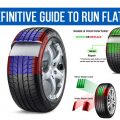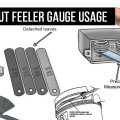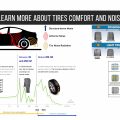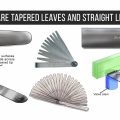
Having the correct tyre pressure for your vehicle is vital when it comes down to safety on the road, and it is fairly easy to underestimate the importance of ensuring the pressure is right.
Let’s face it when was the last time you actually checked your tyre pressure properly?
That doesn’t mean the kick test or giving them a quick feel, when did you actually use a tyre pressure gauge and make sure that the tyres of your vehicle were at the recommended pressure in your vehicle handbook?

Visual Checks Are Not Enough
Obviously, a lot of people tend to check the tyre pressures of their vehicle by looking at them and feeling them, however as mentioned previously this is not enough.
Without properly measuring the air in the tyres it is practically impossible to tell if they are over or under-inflated, just because they look ok does not mean that they are, and driving with the wrong air-pressure can put the lives of you and your family at risk. It’s easy to check the pressure, and this will be explained shortly.
Why are Under-inflated Tyres Dangerous?
Driving a vehicle with under-inflated tyres is extremely dangerous, as low tyre pressures increase the rolling resistance of the vehicle, meaning that the tyre will not only wear out faster but will run hotter.
The increased tyre temperature along with flexing sidewalls increases the risk of experiencing problems included tyre failures and blowouts.
These risks are known to increase substantially if a car is driven at high speed, as more friction, and therefore heat is generated.
Under-inflated tyres can also cause the vehicle to experience issues with the handling and grip levels during a sudden or emergency movement, which can lead to unpredictable and damaging effects.
The life of a tyre will decrease by 10% for every 10% it is underinflated, which will also lead to you needing new treads sooner than could be necessary.
So ensuring the air-pressure is at the recommended level for your vehicle will also save you some money.
What about Over-inflation?
It is never recommended to have your tyres over-inflated or to drive to the maximum air pressure, as the maximum air pressure the tyre can handle is simply that.
Having them inflated to this levels essentially means that your vehicle will be running right at the edge of what the tyres have been built to handle, and there is zero safety margin.
As the vehicle is driven, the tyres will also heat up and as they heat up the air pressure will also rise and can lead to unsafe levels.
There are of course other downsides to running your vehicle with overinflated tyres, including a hard and uncomfortable journey, excessive wear, and a reduction in the handling and braking performance, which again could put you and your family at risk of accidents.
Getting The Pressure Right
It’s actually pretty easy to make sure that you get the air pressure in your tyres right, you only need 2 things to check the pressures properly:
A tyre gauge
A portable air compressor
If you don’t already have these, you can pick them up relatively cheap from auto stores.
Once you have these to hand, you will need to locate the tyre pressure placard for your vehicle, the majority of the time you can find this by opening the driver or passenger door and looking around the edges of the door/car frame.
Alternatively, there are online resources which can help you to find out the correct air pressure for your vehicle.
Once you know the correct air pressure that your tyres should be, grab the pressure gauge and pick a tyre to check first.
This bit is simple, simply unscrew the valve cap and hold the gauge against the valve, this will ensure you get an accurate reading.
If you are unsure, be sure to check with the instruction of the pressure gauge as some can operate differently.
Should you find that the pressure is lower than recommended, all you have to do is connect the air compressor and ensure that the tyre inflates to the correct level.
Should you find that the pressure is more than the recommended, simply hold the gauge against the valve and bleed the air out until the pressure reading is at the correct level.
How Often Should Tyre Pressures Be Checked
In short, as often as possible, you can never over check.
Some drivers are known to check their pressures on a weekly basis, particularly if they do a lot of driving and travelling.
Realistically though, they should be checked once per month. This should give you added peace of mind that you are being responsible for the safety and well being of your family when you are on the road.
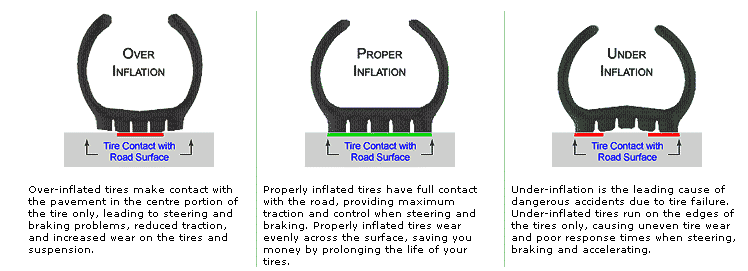
Read More:


